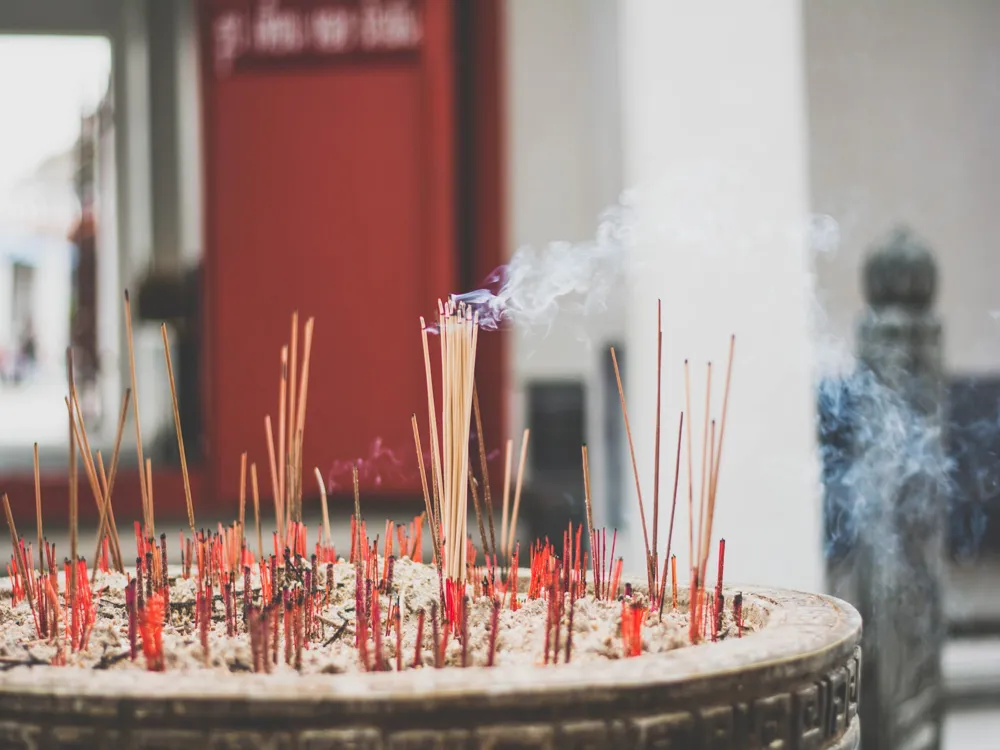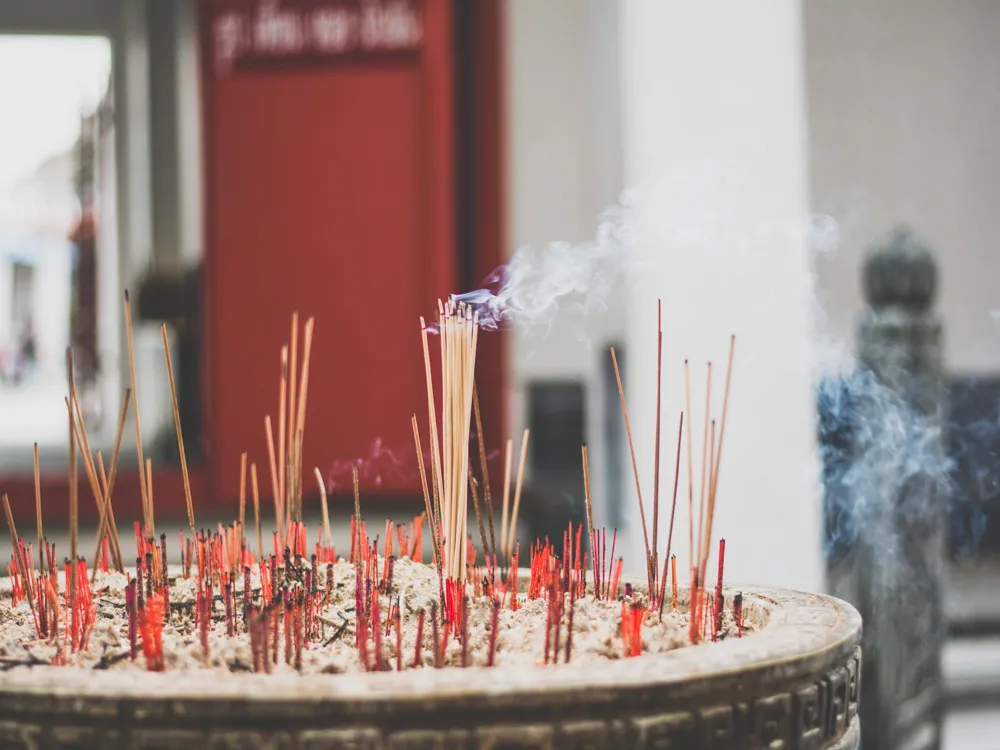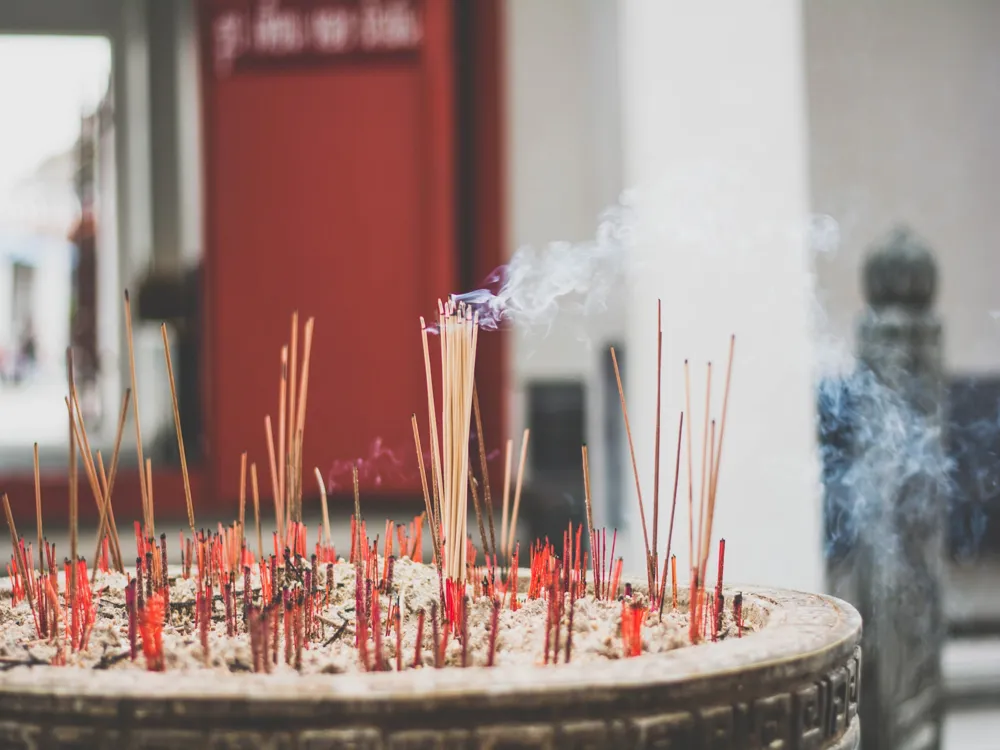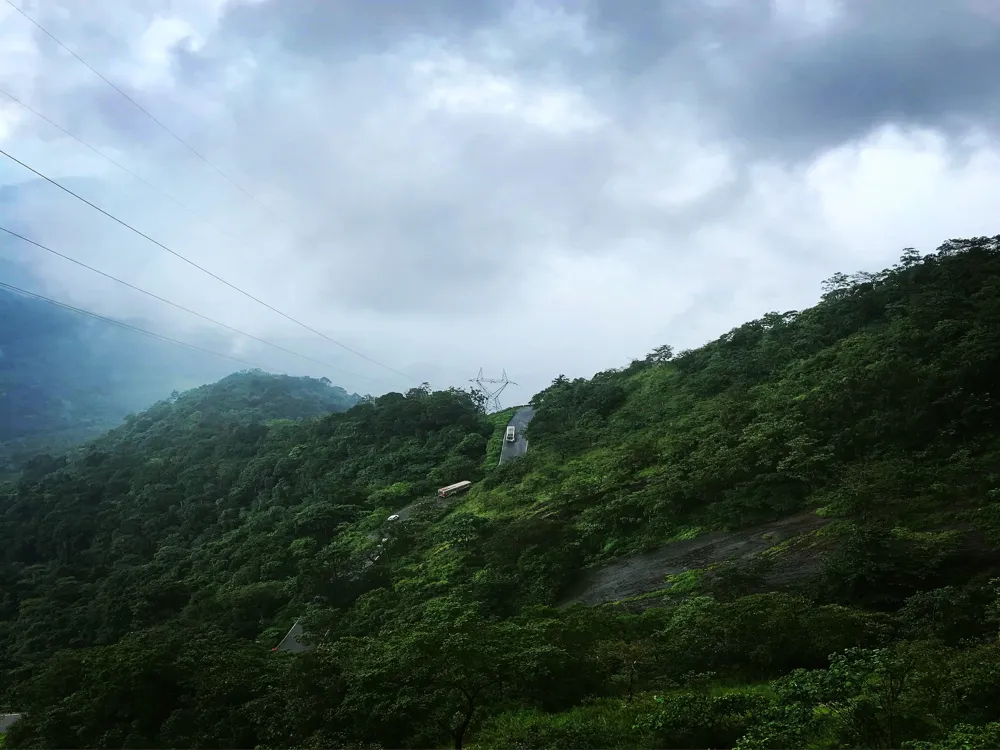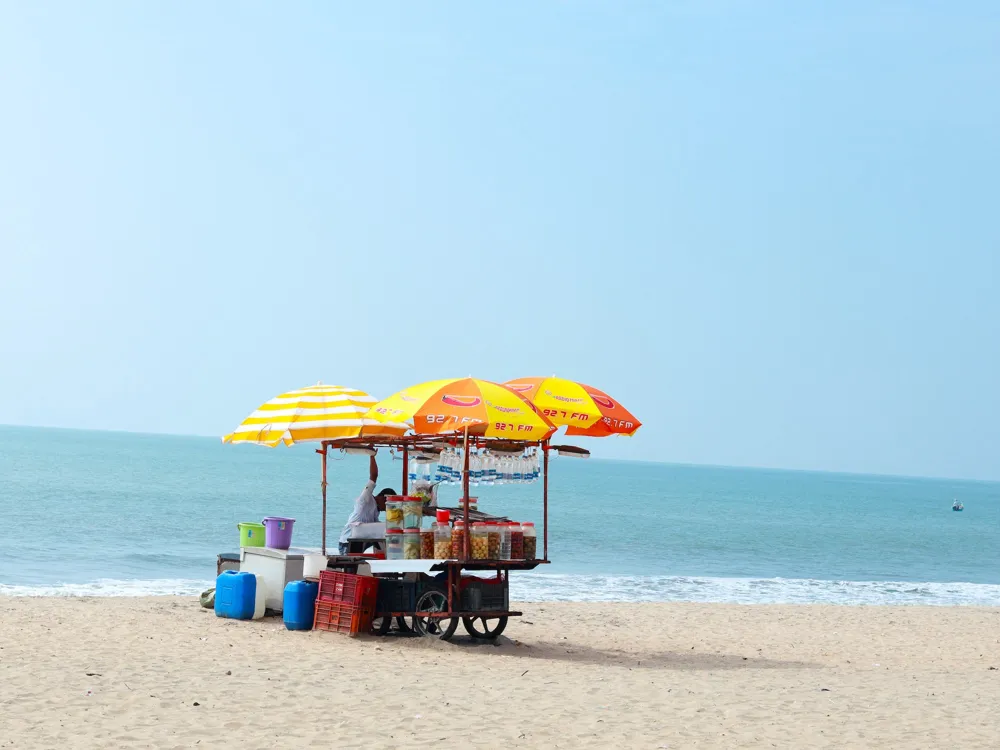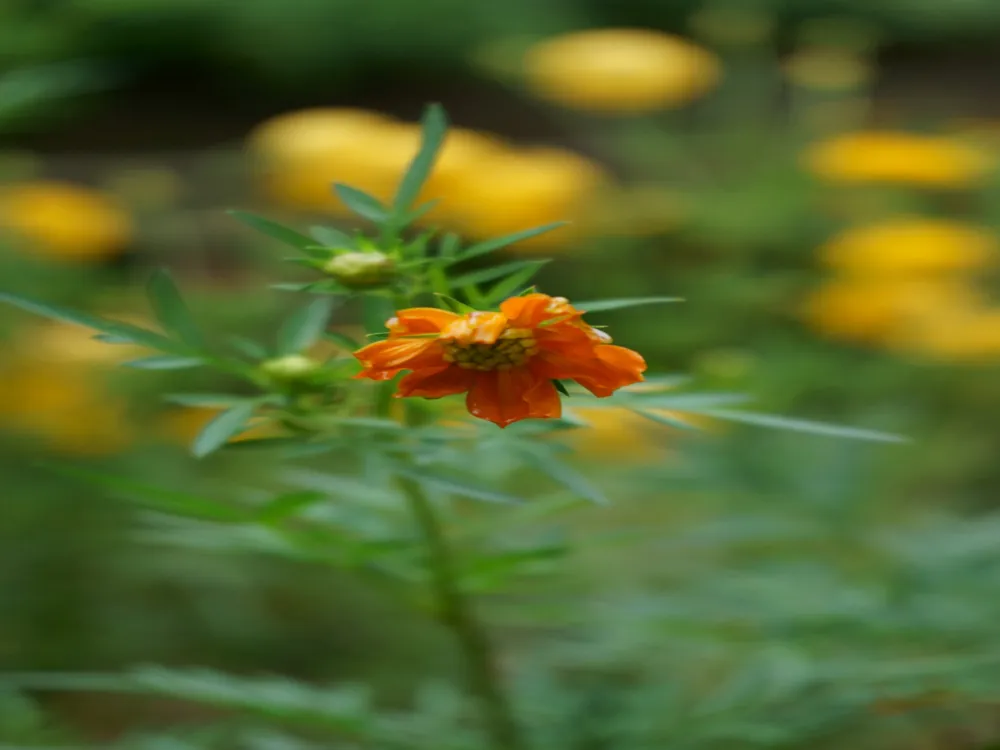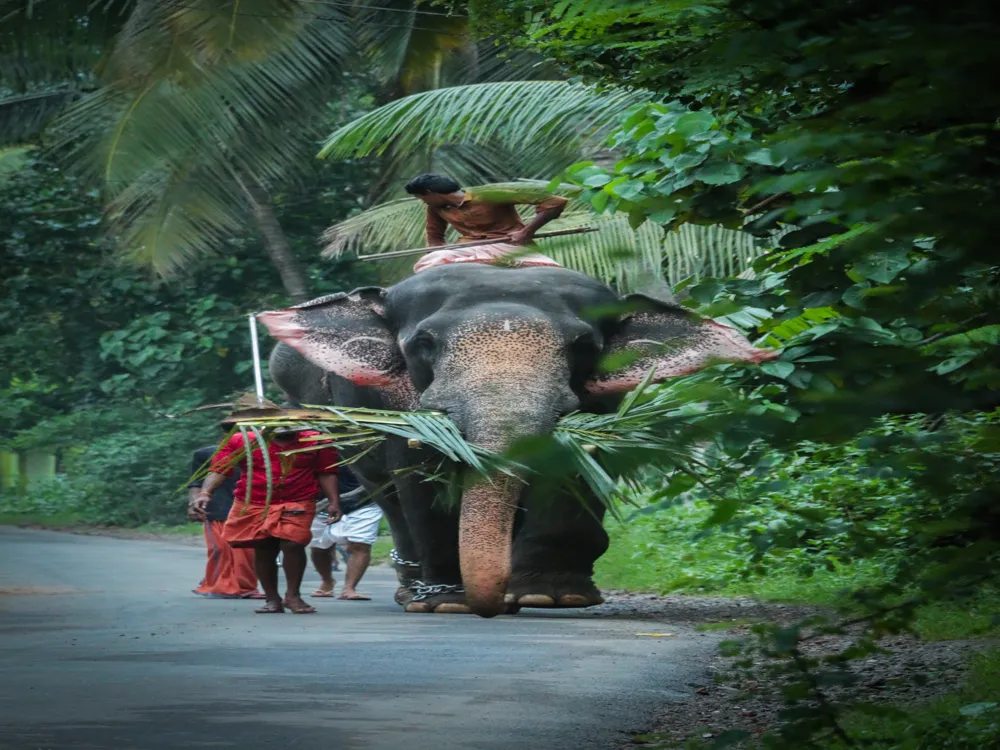Nestled in the lush landscapes of Malappuram, Kerala, Mini Ooty stands as a hidden gem, offering a serene escape from the hustle and bustle of city life. Known for its captivating natural beauty, this quaint hill station is named after the famous Ooty in Tamil Nadu due to its striking resemblance. Mini Ooty, locally known as Arimbra Hills, is perched at an altitude of about 1050 feet above sea level, making it a perfect spot for nature lovers, photographers, and adventure enthusiasts alike. The charm of Mini Ooty lies in its untouched beauty. The rolling hills, shrouded in mist, create a magical atmosphere that captivates every visitor. The lush greenery, comprising dense forests and tea plantations, paints a picture of tranquility and peace. The cool, pleasant climate throughout the year adds to the allure, making it an ideal destination for both relaxation and exploration. The biodiversity in Mini Ooty is noteworthy. The region is home to a variety of flora and fauna, some of which are endemic to the Western Ghats. The chirping of birds, the rustling of leaves, and the occasional sighting of wildlife add to the rich tapestry of experiences that Mini Ooty offers. For those interested in the cultural aspects, the local tribes, with their unique traditions and lifestyles, provide an insightful glimpse into the region's heritage. Mini Ooty is not just about natural splendor; it also offers a range of activities for visitors. Trekking trails leading through the dense forests to vantage points offer breathtaking views of the surrounding landscape. Picnic spots near the hills provide a perfect setting for a family day out. Additionally, the nearby attractions, including historical sites and religious landmarks, offer a well-rounded experience for every visitor. The architecture in and around Mini Ooty is a delightful blend of traditional Kerala styles and influences from colonial times. The houses and buildings in the area often feature the distinctive sloping roofs, large verandas, and intricately carved wooden details typical of Kerala architecture. These structures are designed to suit the humid and rainy climate of the region, with overhanging roofs providing shade and protection from the rain. One of the notable architectural features in Mini Ooty is the use of locally sourced materials. The buildings are predominantly made from natural materials like wood, laterite stones, and clay tiles, which not only blend seamlessly with the surrounding environment but also provide natural insulation. The craftsmanship involved in the construction of these buildings reflects the skills and traditions of the local artisans. In addition to traditional architecture, Mini Ooty also hosts a few examples of colonial architecture, a reminder of the region's history under British rule. These structures, characterized by their sturdy construction, large windows, and spacious interiors, stand as a contrast to the local architectural style. They serve as a testament to the diverse cultural influences that have shaped the region over time. The religious structures in Mini Ooty, including temples, mosques, and churches, also reflect a rich architectural heritage. These buildings, often adorned with elaborate carvings and artworks, are not just places of worship but also serve as cultural landmarks. They showcase the religious diversity and tolerance in the region, with different communities living in harmony. The best time to visit Mini Ooty is between October and March when the weather is most pleasant. During this period, the temperature is cool and comfortable, making it ideal for outdoor activities and exploration. When visiting Mini Ooty, it's important to pack light but warm clothing, as the evenings can get quite cool. Carrying rain gear, especially during the monsoon season, is a must. Don't forget to pack comfortable walking shoes for treks and explorations. Mini Ooty is home to diverse cultures and traditions. Visitors are encouraged to respect local customs and practices, dress modestly, and be mindful of local sensitivities, especially when visiting religious sites. While Mini Ooty is generally a safe destination, it's important to stay cautious, especially during treks and when exploring remote areas. Always inform someone of your plans, and consider hiring a local guide for a better and safer experience. Mini Ooty is accessible by various modes of transportation. The nearest airport is Calicut International Airport, about 36 kilometers away. From the airport, taxis or buses can be taken to reach Mini Ooty. If traveling by train, the nearest railway station is in Malappuram, from where taxis or buses are available. For those driving, Mini Ooty is well-connected by road with good connectivity from nearby cities and towns. Read MoreOverview of Mini Ooty in Malappuram, Kerala
Architecture of Mini Ooty
Tips When Visiting Mini Ooty
Best Time to Visit
Packing Essentials
Respect Local Culture
Stay Safe
How To Reach Mini Ooty
Malappuram Tourism
Best Time to Visit Malappuram
How to Reach Malappuram
Things To Do Malappuram
Mini Ooty
Malappuram
Kerala
NaN onwards
View malappuram Packages
Malappuram Travel Packages
View All Packages For Malappuram
Top Hotel Collections for Malappuram

Private Pool

Luxury Hotels

5-Star Hotels

Pet Friendly
Top Hotels Near Malappuram
Other Top Ranking Places In Malappuram
View All Places To Visit In malappuram
View malappuram Packages
Malappuram Travel Packages
View All Packages For Malappuram
Top Hotel Collections for Malappuram

Private Pool

Luxury Hotels

5-Star Hotels

Pet Friendly







